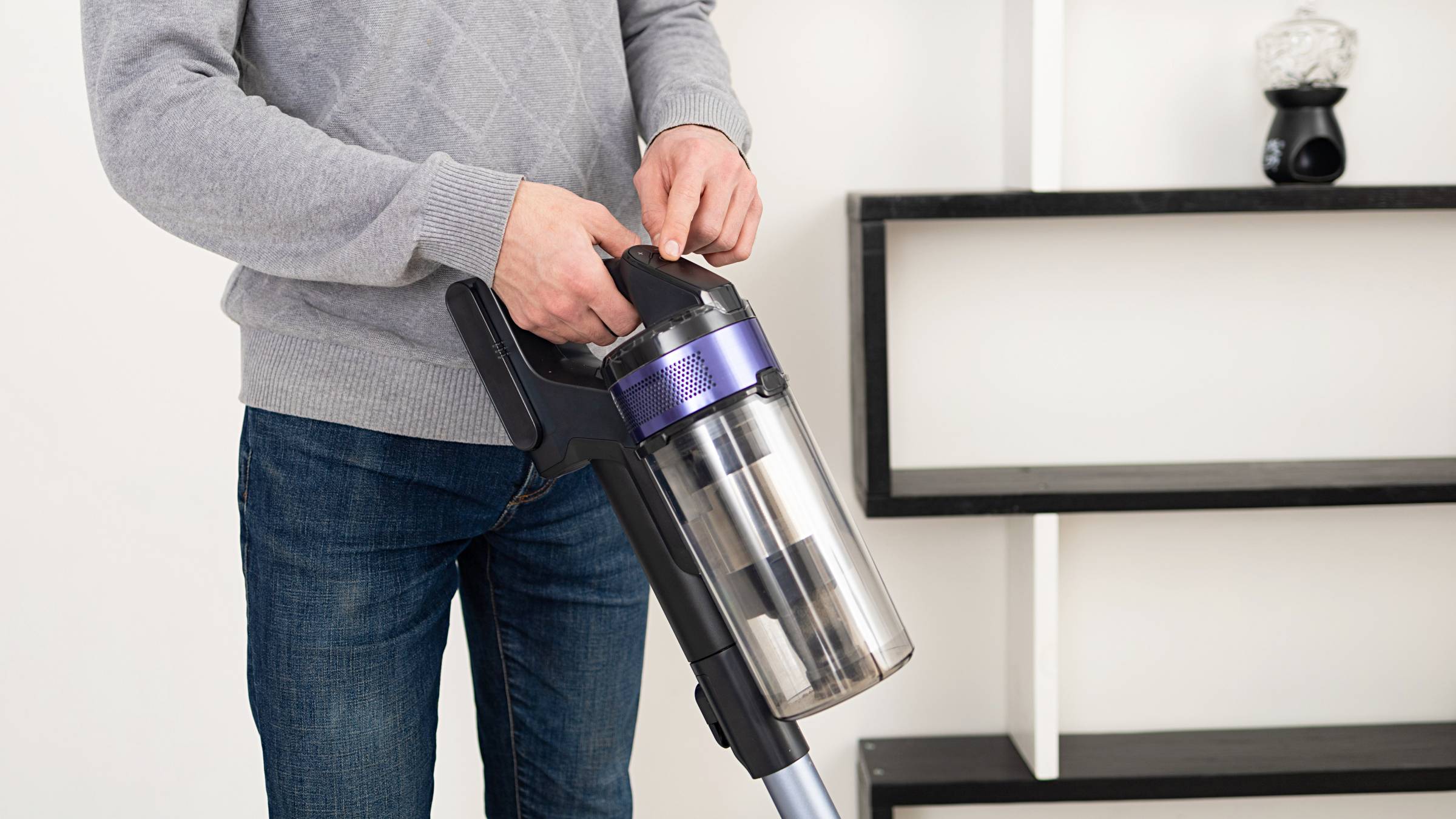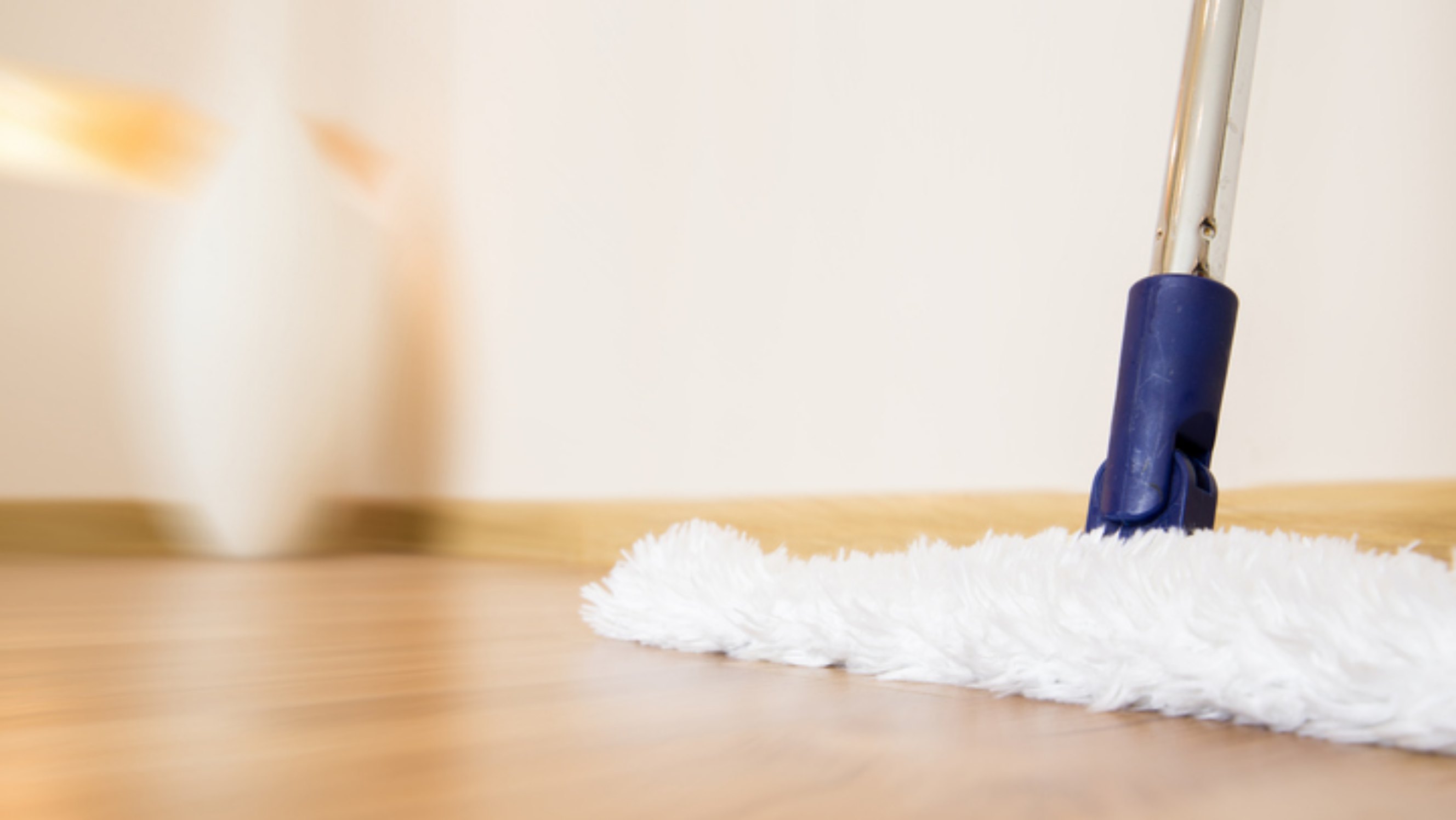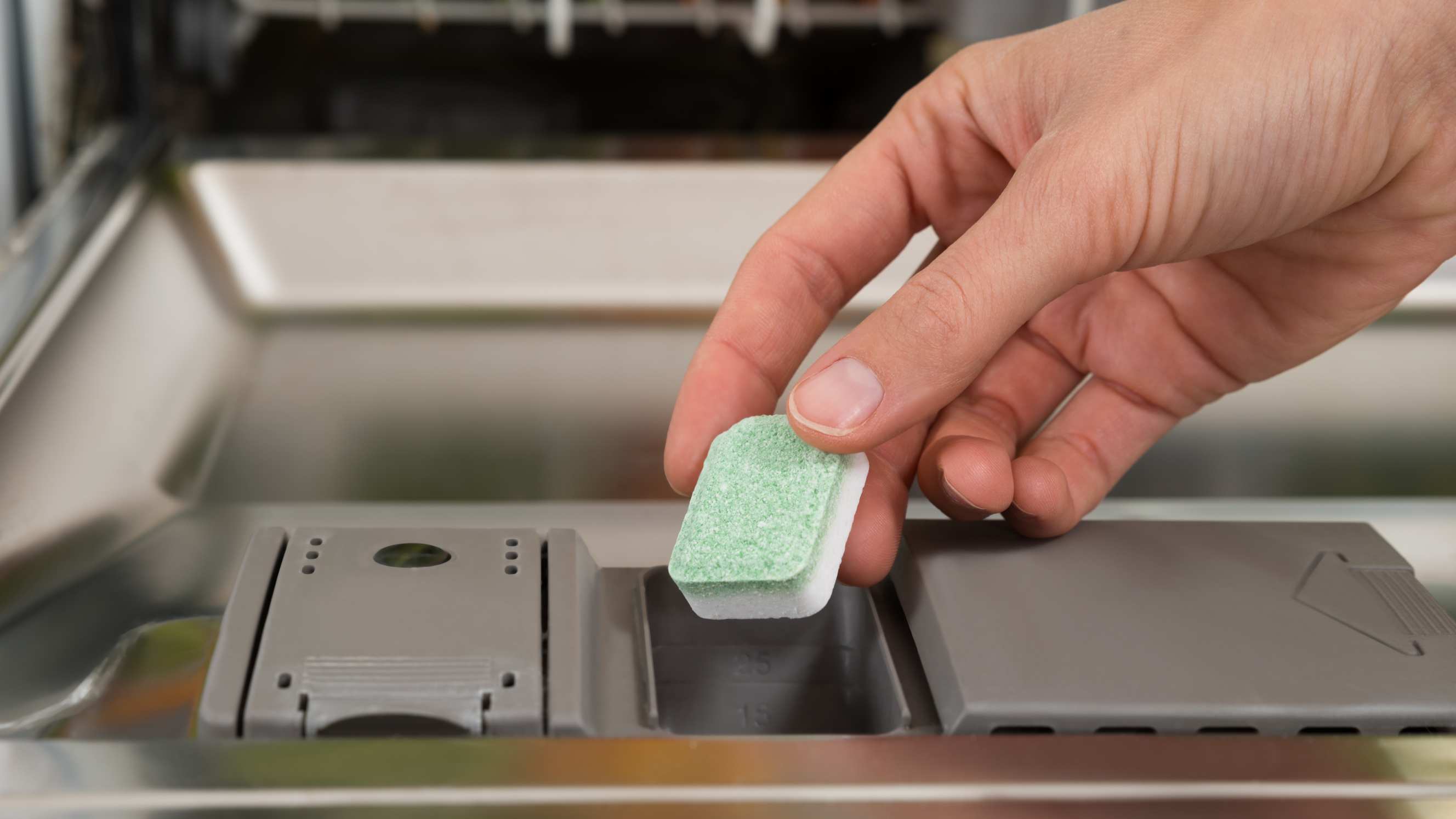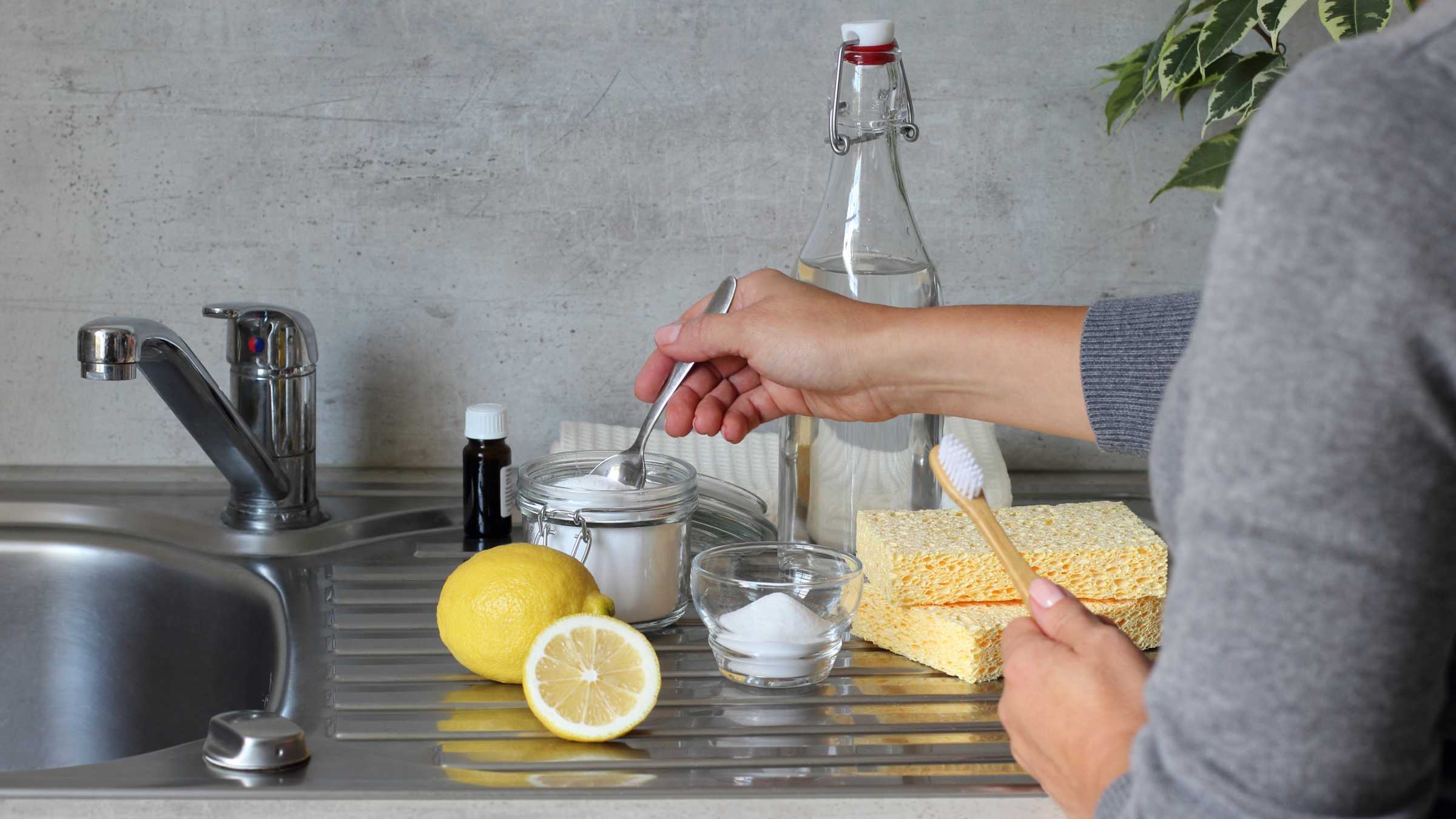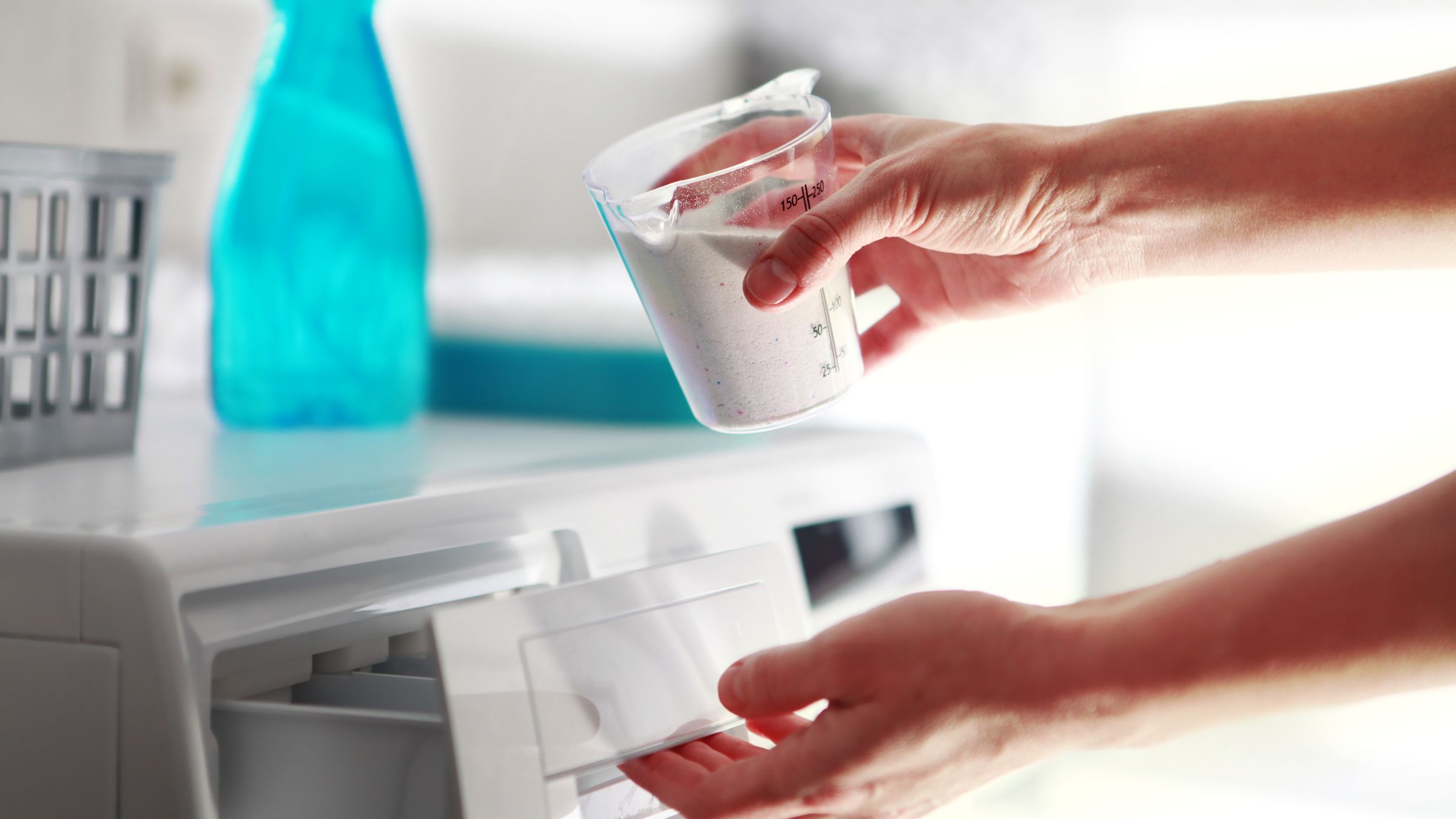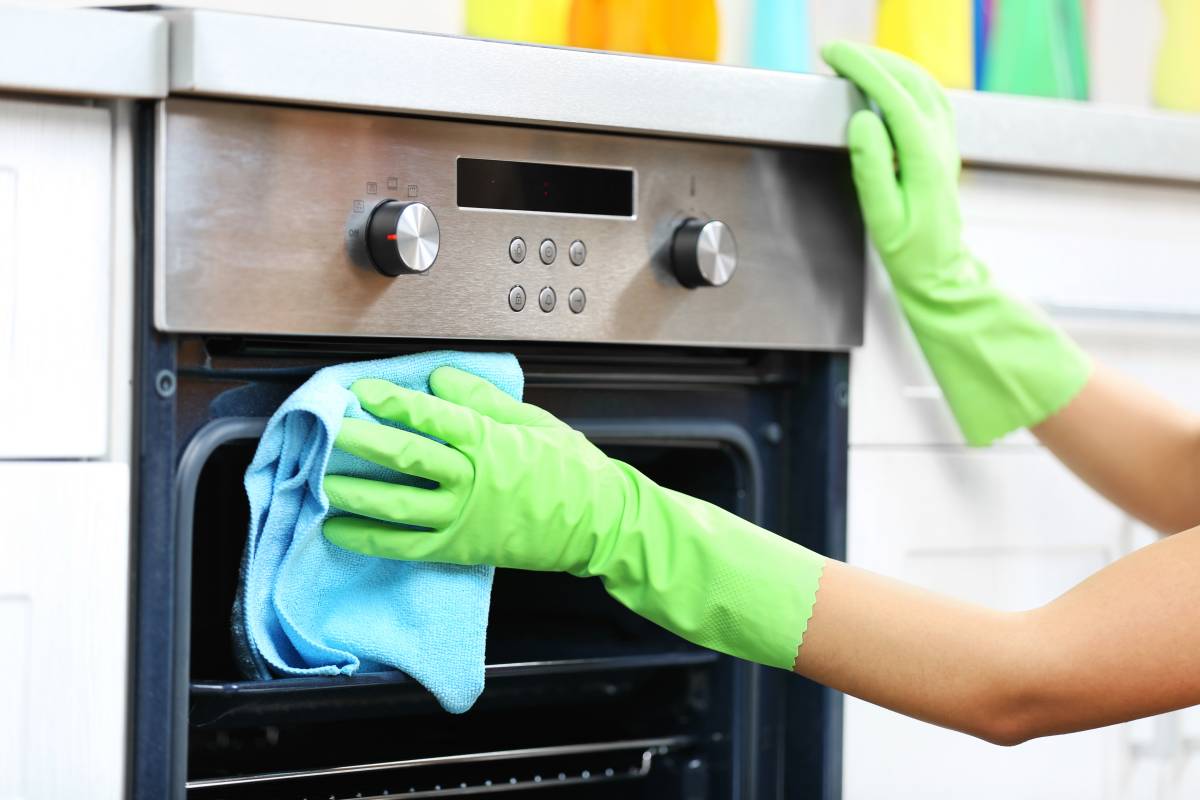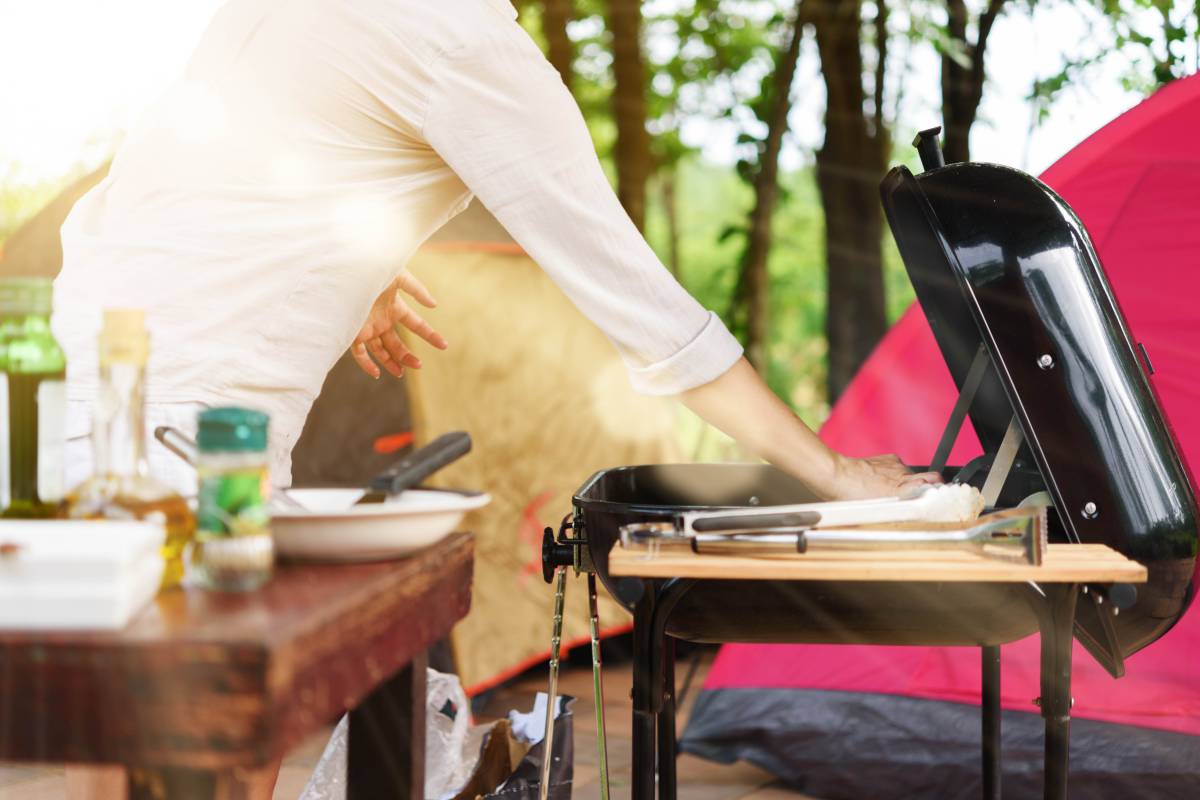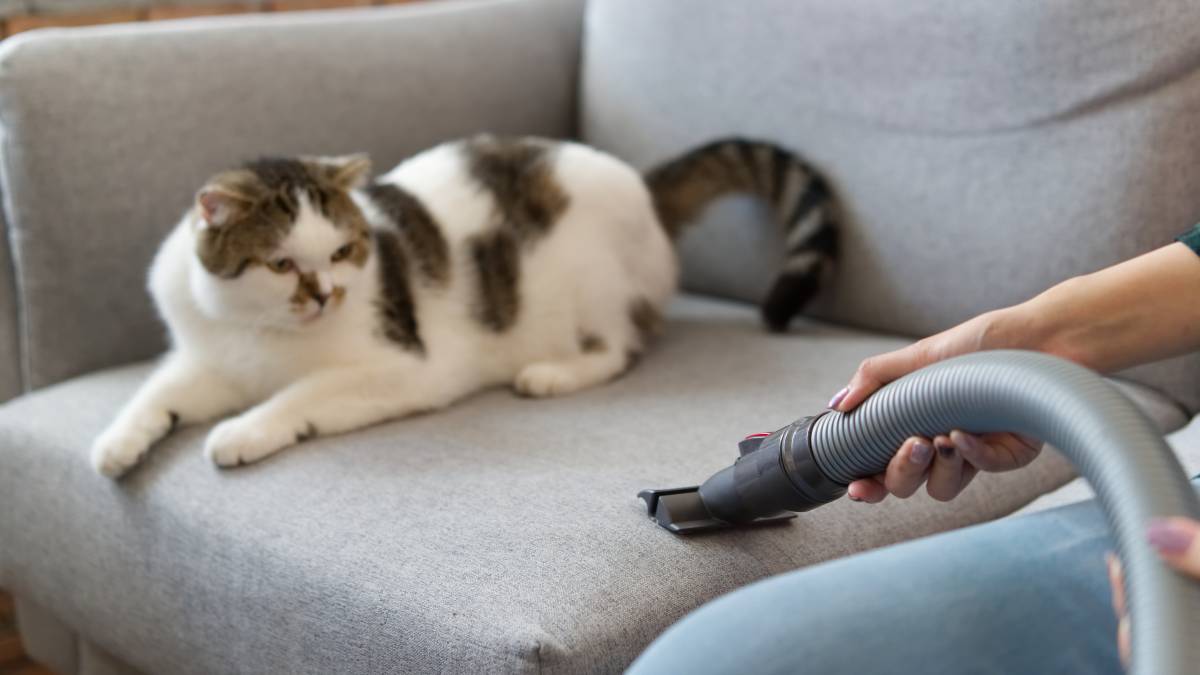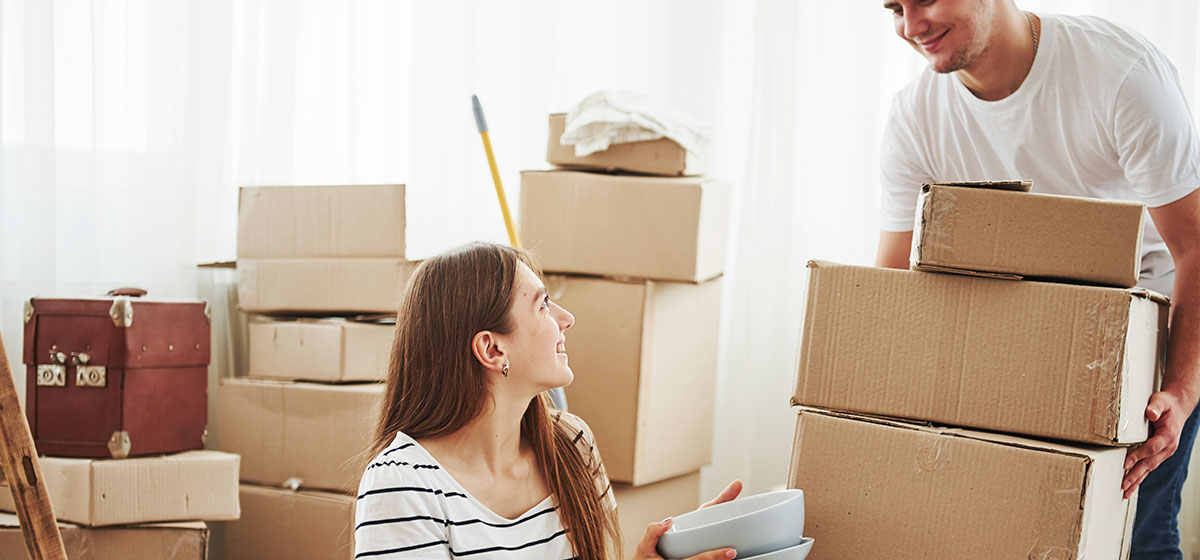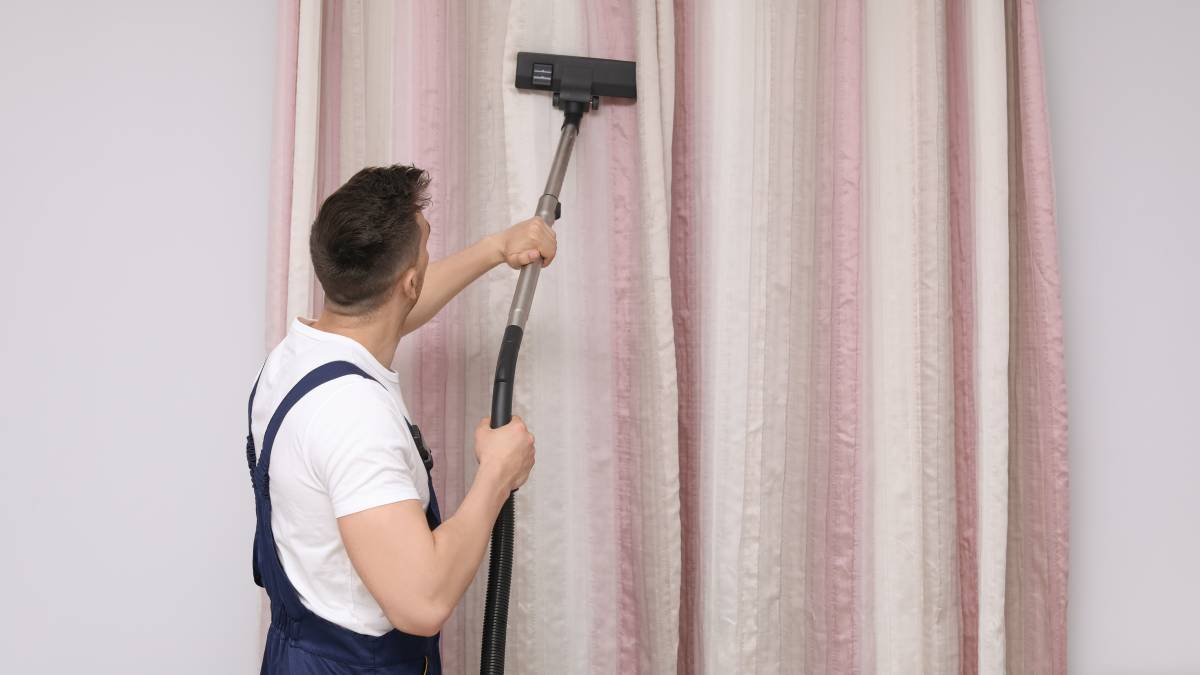
How to clean your home after a flood
Flood cleanup is the probably one of the stressful kinds of cleaning there is. Thankfully, you don’t have to do everything on your own.
Find a cleanerLast Updated on
The impacts of any disaster can be hurtful and overwhelming to see. After a flood, it’s advisable to try to prepare yourself mentally, emotionally, and physically before inspecting your home for damages and going through items to discard, save, or restore.
If possible, have at least one companion to help with the tasks at hand. Below are some tips and reminders on how to clean up after a flood without compromising your safety.
Safety precautions during flood cleanup
Remember that you can't successfully tidy up your place without first prioritising your safety. If the task seems too overwhelming or triggering because of how severe the damages are, it might be a good idea to delay the cleanup process or have someone else start the job.
On the other hand, if you're ready to begin, here are some crucial safety tips to keep in mind:
Wear protective clothing like rubber boots, gloves, and goggles. Also, apply insect repellant as needed.
Prepare not just cleaning supplies but also hygiene supplies. You should be able to disinfect your hands, especially before drinking or eating.
Avoid contaminated water and exposed cables.
Check the structure of the house. If you spot significant damage (e.g. cracks and holes) to the foundation, you might need to postpone your cleanup project and consult a construction expert for your peace of mind.
Shut off gas valves and electrical panels. This might be too technical, so it's wise to hire an electrician if you don't know which buttons or valves control what.
What cleaning supplies to use
The following are recommendations, but it's okay if some of them aren't available or aren't an option for you at this point (especially if there's a power outage in your area). After a disaster, the best cleaning supplies are those readily available to you.
Your trusty detergent or dish soap
Garden hose to wash mud and debris
Bleach, muriatic acid, vinegar, or clove oil for removing mould and mildew
Mop, spare towels, old newspapers, and big sponges for absorbing water
A portable generator for powering high-pressure drying equipment
Air fresheners and purifiers for eliminating bad odours
Wax and brushes for polishing water-stained floors
Considering hiring extra hands to help with your home cleanup? Check out this Cleaner Cost Guide to help you decide. |
10 steps to flood damage cleanup
1. Wear protective equipment before going inside
This might sound repetitive, but that's just because of how important this step is. Wear the right gear (watertight boots, a hard hat, a long-sleeved shirt, a mask, safety goggles, and gloves), and protect yourself from dirt, debris, insects, and even the strong ingredients of your cleaning products.
Also, be cautious of snakes and other animals that might have taken shelter in your home during the flood. In the event that you discover snakes or wildlife, contact your local council and don't try to deal with them on your own.
2. Ensure adequate lighting or visibility
Depending on the effects of the flood, electricity might not have been restored in your area yet. Without electricity, accessing the darker parts of your place can be difficult. So bring battery-powered flashlights to help you move around. Adequate lighting also enables you to spot signs of water damage.

3. Identify and set aside salvageable items
While some of your valuables are beyond repair, others might be worth saving. For example, check if your contracts and other important documents are intact.
If you sealed and stored your papers well before the flood, drying or freezing them upon discovery can do the trick.
The same goes for your family photographs. Look at them carefully before giving up and just throwing them away.
You can throw food and rubbish exposed to floodwater, except sealed items like canned goods.
Disinfect all the salvageable items you find and practice proper hygiene. Leave the items in the sunlight for a while or spray them with alcohol.
4. Use pumps, blowers, and dehumidifiers to dry out puddles and excess moisture
You can use these tools to extract water and dry your interiors, particularly the floors, walls, and carpets. Be careful when going to your basement, which might be the most damaged part of your home. All the floodwater aboveground likely flowed into the space and leaked into the foundation.

Don't attempt to dry your basement on your own if it's too risky. Also, prepare yourself for unpleasant smells. Wearing a mask is a simple way to avoid them, but you can also consider booking an odour removal service (after the cleanup) to deal with the odour problem once and for all.
5. Remove the damaged layers of your flooring
If your floor has too much water damage, a floor stripper is an easy way to remove old layers and replace them with new ones. Check the label before buying a floor stripper to ensure it's safe to use. Use a floor finish stripper with the same brand as the floor wax you previously applied.
For concrete or wooden flooring, stripping isn’t the only solution. You can restore it with the help of a floor cleaner or polish it using floor wax, which often removes stubborn water stains. But for flooring with deep cracks, you might need to ask a professional to fix or replace it.
6. Check the nooks and crannies of your home and remove mould buildup
Mould isn't always easy to spot. On the floor, it can cause slips and falls. Mould could be anywhere, like in your closet and behind your refrigerator. You can DIY mould removal by using vinegar or clove oil. If the mould-affected area is bigger, hiring someone to remove the mould is a smart move.
Related: How to get rid of mould at home? |
7. Use a high-pressure washer to remove tough surface stains
A high-pressure washer is useful for removing difficult stains left by the flood. You can use it on concrete surfaces, like wall corners, floors, and even furniture. If you don't own a high-pressure washer, you can rent one. However, if you want to save time and energy, you can find a high-pressure cleaning service for your place.
Related: How much does pressure washing cost? |
8. Remove your damaged wallpaper with a steamer
Your wallpaper might peel or remain stained even after a thorough cleaning, so it might be better to replace it. Instead of peeling off each loose layer by hand, you can use a wallpaper steamer to remove everything smoothly, including the glue residue.
9. Clean your dirty carpets
One of the most difficult things to clean after a flood is your carpet, as it can be very heavy when wet. You can choose between a steam cleaner or carpet shampoo. If you don’t want to stress yourself, consider hiring a carpet cleaning service to make things easier for you.

10. Use a shovel to get rid of mud piles
When floodwater dries up, it leaves mounds of dirt, particularly in your front yard. Hidden debris can cause cuts, so be careful when cleaning the exterior of your house or your driveway. You can hire a driveway cleaner right away if you’re too busy fixing the inside of your home.
Make flood cleanup easier with Airtasker
Ultimately, cleaning and disinfecting your house or apartment after a flood takes a lot of effort. It's important to do it correctly to prevent further damage to your property. Things like bad odours, mould, and insect infestations cause sickness in the family. Thankfully, you can remove or address them before moving back into your home.
Related articles

How to price pressure washing jobs
Read more

How to clean a duster
Read more

How to clean a garage floor
Read more

How to get a cleaning certificate
Read more

How to price cleaning jobs
Read more

End of lease cleaning checklist
Read more

The ultimate spring cleaning checklist
Read more

How to become a housekeeper
Read more

How to get rid of dust in your home
Read more

How to best clean a washing machine
Read more
Related price guides

How much does brick cleaning cost?
Read more

How much does tile cleaning cost?
Read more

How much does a cleaner cost?
Read more

How much does office cleaning cost?
Read more

How much does attic cleaning cost?
Read more

How much does floor cleaning cost?
Read more




